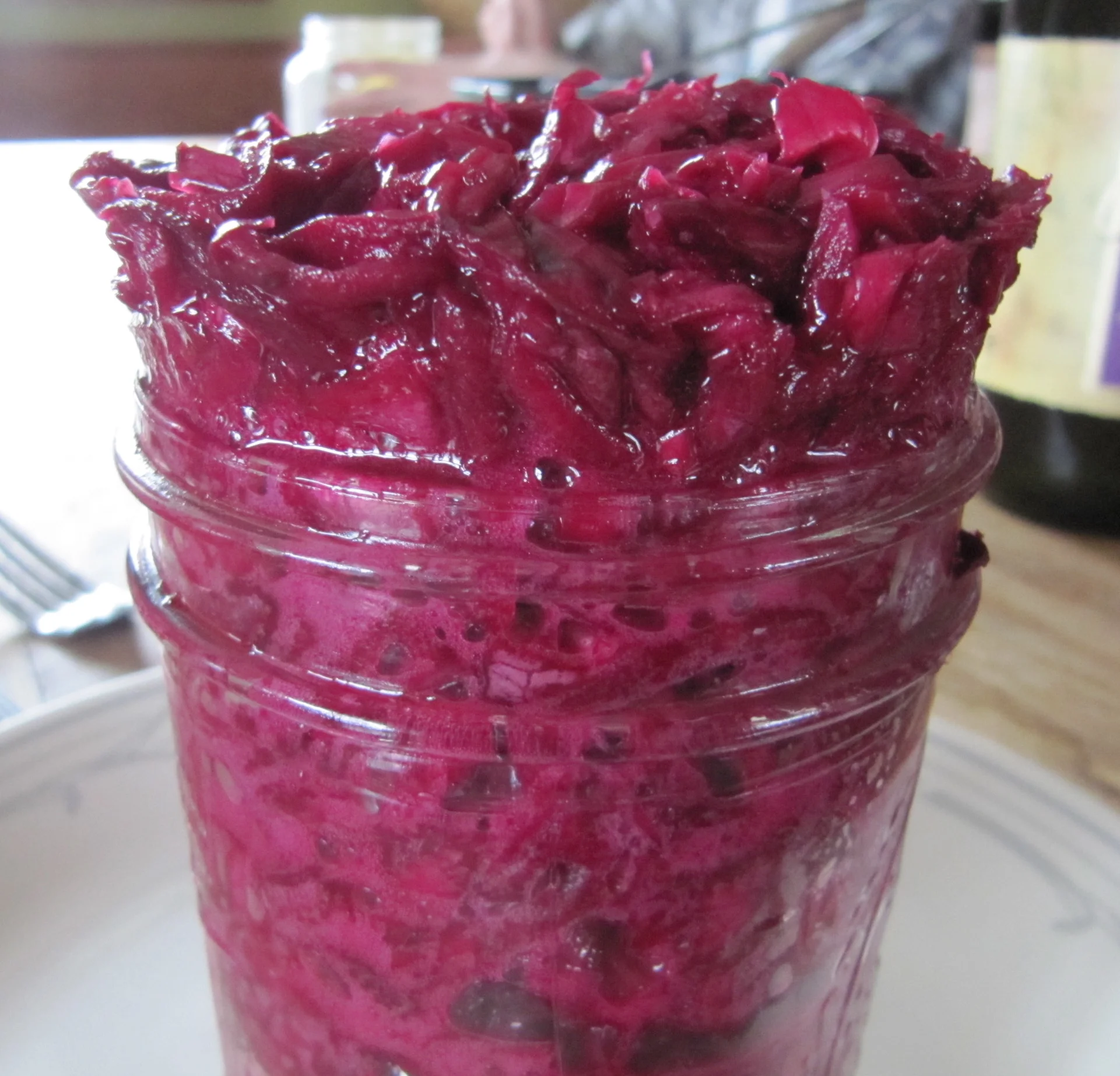Garlic Paste
Hi Christopher and Kirsten,
I am loving trying all the different ferments from your book, and mostly have had success! This year I had a bumper crop of garlic, and a lot of patience. I Followed the directions for garlic paste. It has been sitting now for 2 weeks, and is starting to turn a brown color. When I took the bag and plastic out, I scooped some out. It smells like garlic! I am worried about the brown. Is this normal? Also on related garlic, is it supposed to kind of turn translucent? I don't worry so much about the liquid ones, I know they are under the brine, and are fine : ).
Thanks!
Candace*************************
Hi Candace,
We love that you are enjoying our book. Your garlic paste looks perfect! (Which is good news given that looks like a 1/2 gallon jar—I know how much work went into that?) You can add it to your success list.
The browning is the sugars caramelizing and is exactly the color it should be.
As far as the translucent — do you mean the ones up high on the side of the jar — those looks discolored. I would always wipe off the lonely stuff on the sides but everything looks pretty perfect to me.
The main thing you will want to do is store in smaller containers with little airspace.
Hope that helps,
Kirsten



